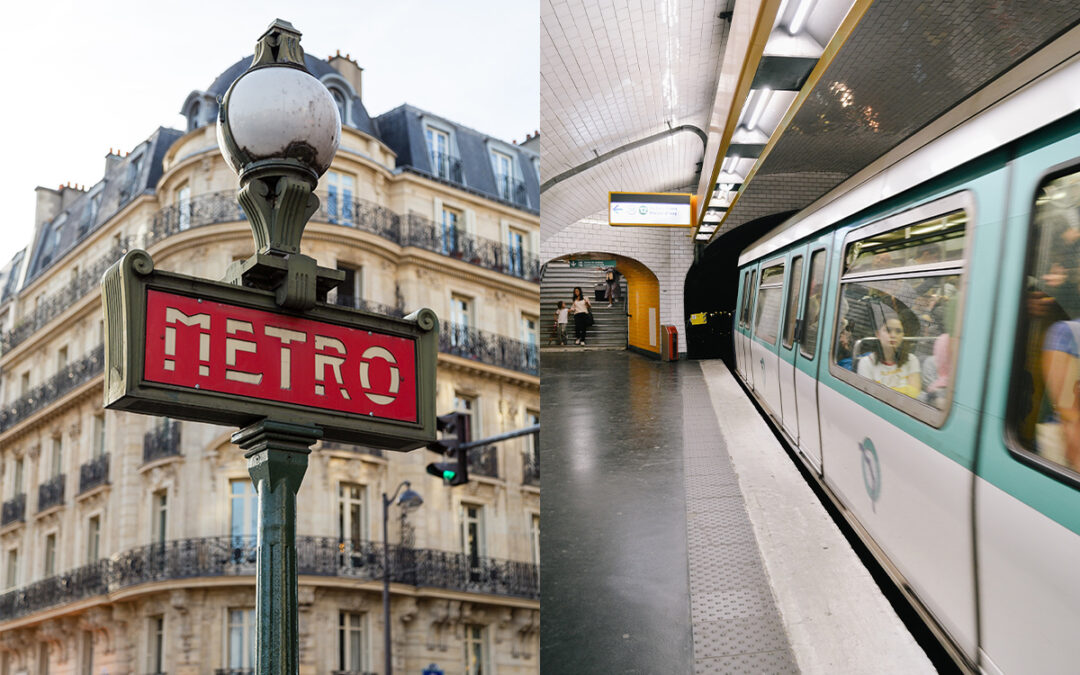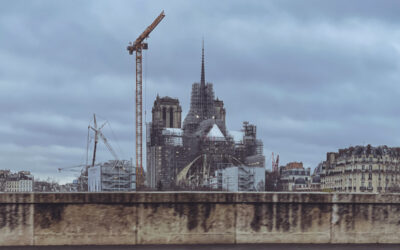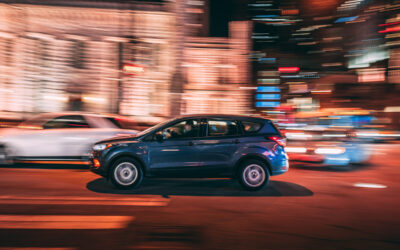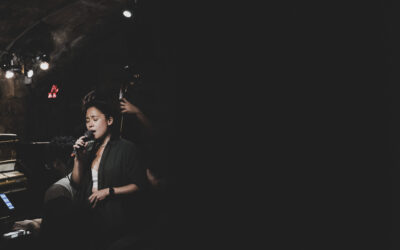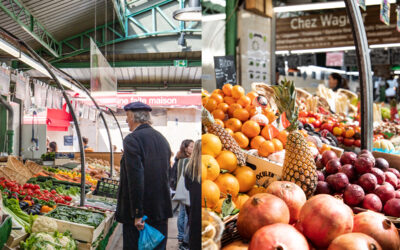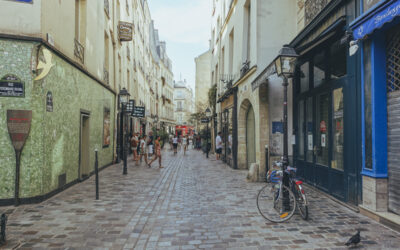The 309 stations of the Paris metro are among the most polluted places in the capital. And, from Sully-Morland to République via Rambuteau and Filles-de-Calvaire, those of the Marais are not spared!
A recent study on fine particles carried out for Vert de rage (a documentary series on France 5) indicates that the level of particles in the RATP network is higher than the level observed on the surface.
The additional number of fine particles is noted in µg per cubic meter.
On average, excess pollution reaches 10,5 µg/m3. When excess pollution exceeds 14 µg/m3, this means that the air quality is too poor in the station concerned.
In or around the Marais, six stations are overpolluted and seven are at acceptable or good levels. The stations on line 11 are among the least healthy, while Temple station (line 3) stands out as “the good student” in the rankings: its excess pollution is below the average level of 14 µg/m3.
Here is the ranking of the Marais stations, from the most polluted to the least polluted:
• Sully-Morland (line 7), excess pollution of 27 µg/m3
• Rambuteau (11), excess pollution of 26 µg/m3
• Phave Mary (7), excess pollution of 22 µg/m3
• Filles du Calvaire (8), excess pollution of 17 µg/m3
• Châtelet (11), excess pollution of 17 µg/m3
• Republic (11), excess pollution of 15 µg/m3
• Saint-Sébastien Froissart (8), excess pollution of 9 µg/m3
• Saint Paul (1), excess pollution of 8 µg/m3
• Chemin Vert (8), excess pollution of 7 µg/m3
• Arts and Crafts (11), excess pollution of 6 µg/m3
• Hôtel de Ville (1), excess pollution of 3 µg/m3
• Bastille (1), excess pollution of 0 µg/m3
• Temple (3), sub-pollution of – 3 µg/m3
Outside of the Marais, the least polluted station is Bibliothèque François-Mitterrand (on the RER C) with -21 μg/m3 of additional fine particles while the most harmful to health is that of La Défense (RER A) with a level of 57 μg/m3.
According to Bastien Berthier, secretary of the FO-RATP Traction section, “the new materials used by the RATP generate more fine particles and pollution than the old ones”.
For his part, CNRS research director Jean-Baptiste Renard assures that if “the ventilation of the stations aims to filter the outside air, to rid it of surface pollution, in several stations, the ventilations are passive. Thus, the more the outside air is polluted, the more that inside the station will be. »
Another factor: the emission of C02 emanating from users who wait for the trains to arrive on the platforms.
24.07.23
NEWS, IT'S THIS WAY
Notre-Dame: dismantling of the scaffolding has begun
The gigantic repair project at Notre-Dame de Paris cathedral is coming to an end. The dismantling of the spire scaffolding has begun. It is visible again with, at its top, a rooster which sits in majesty. In ten months, visitors will be able to return to the places whose reopening is planned...
Vote on SUVs: The results in Paris-Centre
Paris voted against SUVs. But only 6% of residents went to the polls. Of the 1 Parisians registered, 374 took part in the ballot. With 532% of votes in favor, the majority expressed their desire to tax these behemoths of the Parisian streets.
For or against SUVs vote on February 4, 2024
In the debate on traffic in Paris, the question of SUVs gives rise to lively discussions. Some advocate a ban because of their environmental impact and their congestion in the city.
NOW ON THE MOOD MARSH
Jazz at 38Riv: The highlights of May
The only jazz club in the Marais, 38Riv is the temple of cool and swing. Rue de Rivoli, between Saint-Paul and Hôtel de Ville, its vaulted cellars are the home base of the new jazz scene. Every evening, the magic happens.
The Enfants Rouges market, everyone loves it
Restaurants. Merchants (fruit and vegetables, cheese, fish, flowers, etc.). And a photo store. All backed by Comme un roman, one of the most beautiful Parisian bookstores, on rue de Bretagne. In short, food for the body and...
The Marais Jewish quarter in Paris
From the 13th century, the Marais was home to a Jewish community which remained there until its expulsion in the 14th century. Fleeing poverty and persecution, Jews from Eastern countries and those from Alsace settled there in the 19th century. Around rue des rosiers and Place Saint-Paul renamed Pletz…

